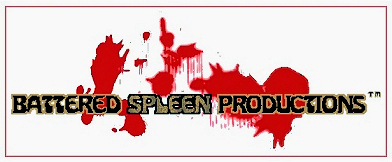Let's talk about e-books and what can be done with them that can't with dead tree books. Let's start with that first, it's been quite some time that I have been referring to them as dead trees, not just out of deferment to the sacrifice of trees to make them--I have certainly proliferated the slaughter of trees for my fairly large book collection, especially on the RPG front, of which I have more, and they are also bigger requiring more paper to make them--but also due to the unchanging nature of them. You put the works on the paper and there they lie, immortal and static, a testament to whatever went into them for as long as the paper and ink shall live. This is a fine thing, a far nobler deed than--well, not nobler than living in a forest sucking up carbon dioxide and spitting out oxygen.
Still, this is not about the environmental impact. Nor is it about the immutability of unchanging words on a page. We are not at the stage that a book can easily be altered, not even e-books. They can't be upgraded, only a newer version downloaded. Narratives, stories, are best left alone, not updated anyway. To carry on, to expand the narrative is what sequels and series are for. While not new, one advantage e-books can have is that annotations can be kept with the page they belong to, hidden until necessary, and if done correctly viewed along with text they accompany. Certainly people can annotate their books with a pen, or the author can include footnotes or endnotes--though endnotes pull the reader to another page and induce flipping back and forth.
The amount of information in the annotations is also limited in size, endnotes aside. This all so far is indicative of the old school thought about not only books but also information in general and how to organise it. Further, it is about limiting it as well. Take for instance Stephen King's The Stand, or any film with deleted scenes available in the extras for the movie. What if a book could have extras? What if a novel could have deleted scenes? With an e-book they can. Ever heard of the book House of Leaves by Mark Z. Danielewski? Among other components, some of which are not recommended for just any book, it has footnoted footnotes, and references to different information sources. It is a step in the direction of what can be done, but just a step in one direction.
Mood: inspired.
Music: Original Sin by Meat Loaf and I Surrender by Stratovarius.
Labels: annotation, books, deleted scenes, DVD, e-books, extras, House of Leaves, Mark Z. Danielewski, side story, Stephen King, The Stand














